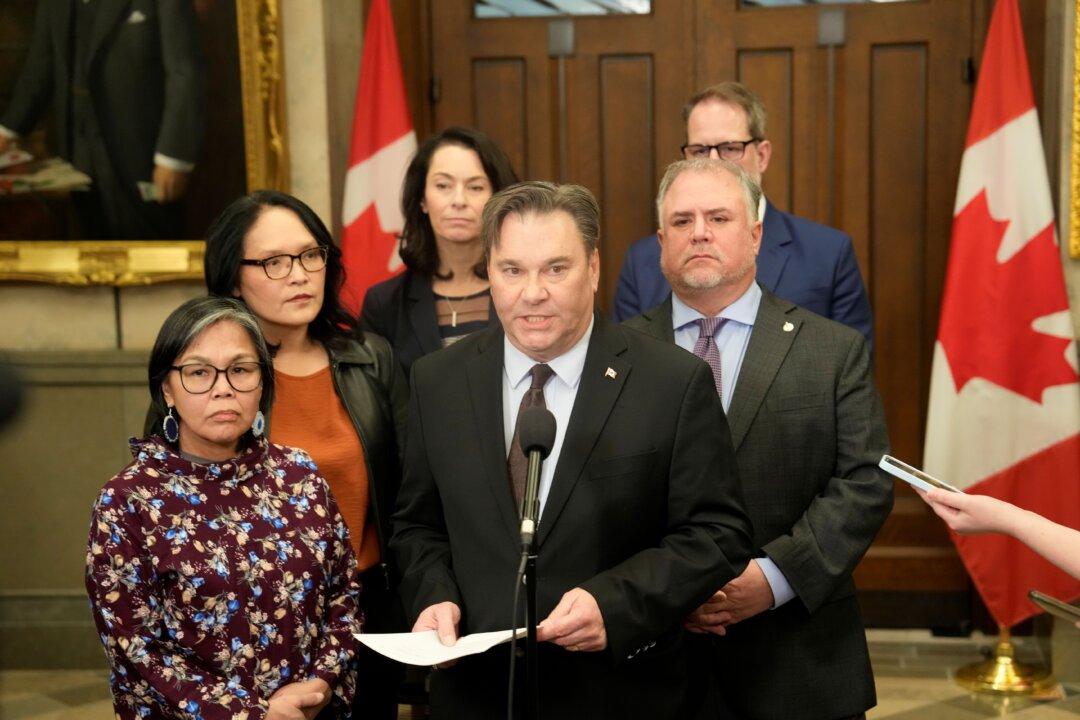Many provinces have imposed restrictions in response to surging COVID-19 cases, but none have confirmed whether they have evaluated the success of these policies based on data and evidence from previous lockdowns in Canada.
The Epoch Times asked all 13 provinces and territories as well as the federal government whether they have done any assessment of the costs and benefits of their various measures, such as closing down businesses, during the previous waves of the pandemic in order to inform current policy-making amid Omicron and future waves.





